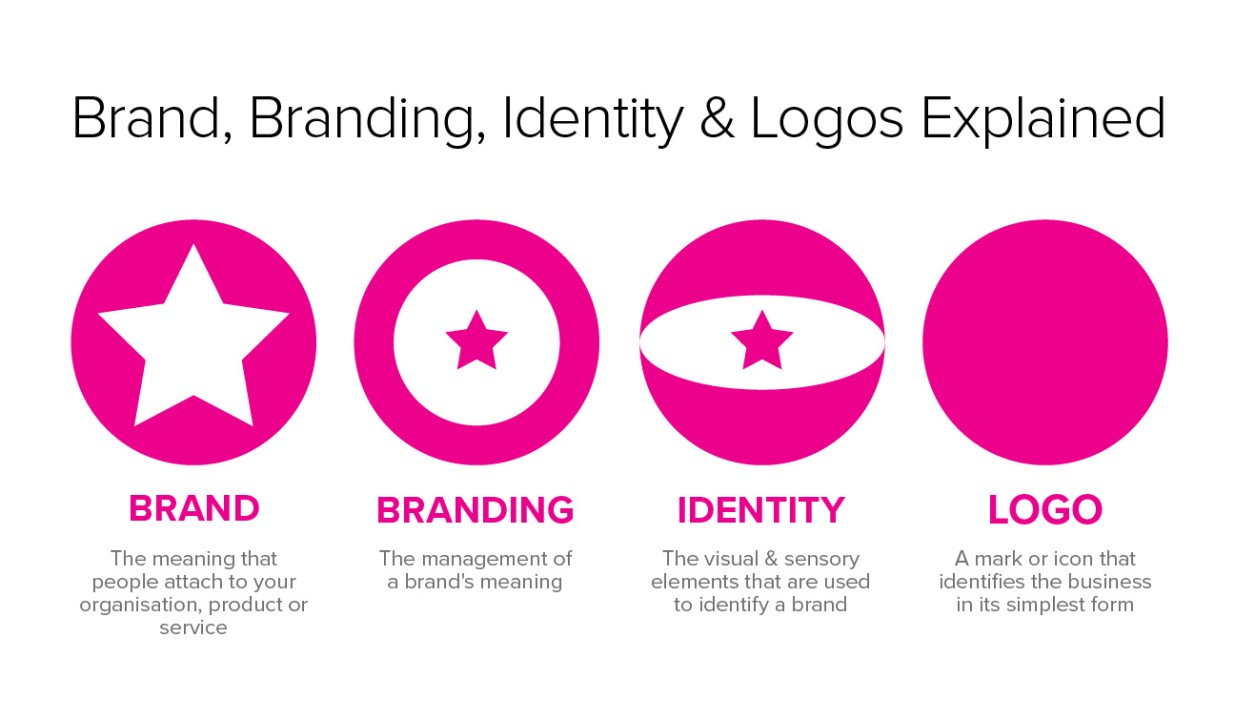What is a Brand?
It seems like everyone wants to label everything a brand these days from using the term to describe the logo for a company even though the term brand does not mean a logo or identity.
In reality, it is much more than something such as a logo. It’s the assets of a company that can’t be seen. It’s the emotional connection between the company and consumer. It’s the reputation.
For example, Coca-Cola has been around for more than 130 years and beloved by millions of people all over the world. In 1985, the company attempted to change the formula much to the anger and dismay of its loyal customers. The emotional connection that the company had built with its customers over such a long period was negatively affected and also forced a company to change its decisions for fear of losing customers.
Each day, we find new things that interest us or see a new product at the grocery store that competes with the other products for our money. That competition creates infinite choices and companies want to become irreplaceable in our lives and look for ways to connect to us not just through sight or sound but emotionally.
So, what is a brand?
A brand is the meaning that people attach to your organisation, product or service.
In contrast, brand-ING is the management of that meaning.
What is Brand Identity?
Ok, so if your brand is what your customers think of you when you’re not there, how can you change their opinion and try to influence how they feel about you?
This is where “brand identity” can change the game.
Your brand identity is anything that can identify your brand, and that includes your logo. It is tangible so that it can appeal to other’s senses. It’s this physical and visual presence that fuels recognition and can help make big ideas even more accessible. Simply stated: everything that you see (visual language) is considered a brand identity, however it does also include other sensory elements such as sound, touch and even smell.
The overall goal of a brand identity is to find items that you can use to tell your story as well as engage people about who you are in a meaningful way. This way, every time your product shows up, it will be consistent in its appearance.
The elements that can make up brand identity include:
- Wordmark or logo
- Key colours
- Typographic treatments
- Graphic elements
- Different logo lockups
- Corporate typefaces
- A consistent style for images
- Sound, touch, smell
The key to any successful brand identity is consistency.
This lets your audience create memories around who you are and what you can offer them. The biggest purpose of a brand identity is to have guidelines on how you should use your visual assets to ensure this consistency.
Having consistency in your brand’s identity helps to project the kind of culture that surrounds not only your company, but your product as well. This culture, if done right, becomes the brand identity for your entire business.
So, to go back to the logo as a brand idea. Your logo alone is not your brand identity, it is a part of your whole brand identity. This is essentially what graphic designers & brand consultants do. Designers don’t design a brand for their clients, they design their client’s brand identity.
Written by: https://www.linkedin.com/in/justcreativedesign/


